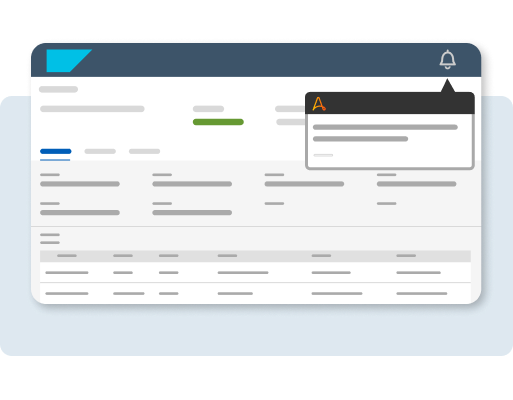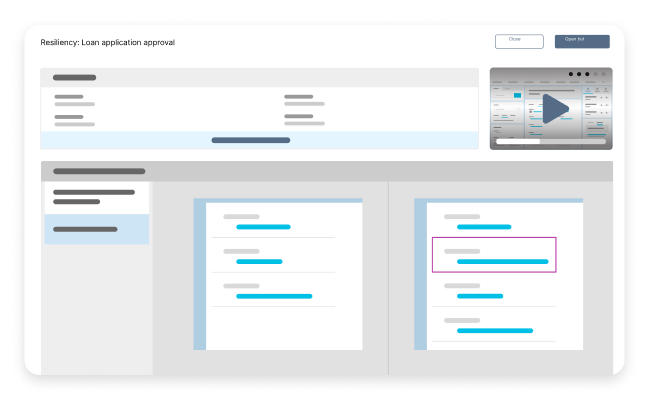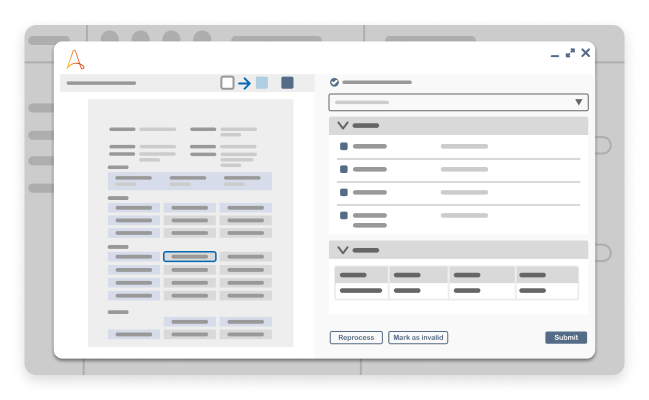Workforce management represents a huge step forward in transformative change for the public sector and municipal worker outcomes. Intelligent automation (IA) takes the organization to the next step, digitizing repetitive, mundane activities for better results, more efficient processes, and higher employee morale.
Municipal workers perform routine tasks with many customer-facing moments and problem-solving situations. But, just like any business, bottlenecks occur. Adequate supervision and strategic intent are essential parts of the ecosystem to reduce the need for frustrated “shadow” staff.
RPA, or Robotic Process Automation, is uniquely suited to workforce management. With RPA and artificial intelligence (AI), the public sector can streamline business processes that are traditionally bottlenecked, manage workforce placement better, and reduce the need for shadow staff. In short, RPA takes the “robotic” parts out of human tasks.
What are the benefits of automated workforce management?
Workforce management results from RPA and AI being applied to human resources processes. Called Intelligent Automation, or IA, RPA + AI can help both leaders and team members by leveraging human-related workflows, making it easier to follow, examine, and optimize all the different processes. As a result, humans can become more productive in much more fulfilling ways, while government organizations can become leaner.
Improve Bottlenecked Processes
Implementing IA to create an automated workforce management system lets you easily see what employees are doing and which tasks are not being covered. In addition, process intelligence helps you locate processes that can be automated, reducing bottlenecks and overloaded government workers.
Onboard New Hires In Less Time
Automation Anywhere's Robotic Interface, or Automation Co-Pilot, gives new employees an intuitive view of their onboarding process. With a single-screen sign-on, team members can clearly see where they are in the process and where they should go next. Automation Co-Pilot also allows employees to ask questions to key stakeholders via a web-based interface.
Build Transparency and Accountability
Intelligent automation provides a clear view of workflows and overall performance. Using Digital Workers and performance dashboards, local government organizations can build a layer of transparency and a culture of accountability into their processes. This reduces the lack of trust common in official headquarters.
Reduce Actual Paperwork
You can’t reduce how much documentation it takes to get through red tape, but you can reduce how much paper it takes. Document Automation is Intelligent Document Processing, a powerful combination of technologies that reduces endless, manual paperwork processing. In turn, it frees municipal workers up to perform more tasks focused on the customer.
Build A Better Supply Chain
For local governments, keeping a strong supply chain is essential for survival. When supply shortages happen, there can be widespread stalls in services. Intelligent automation helps the public sector keep up with all the moving parts in the supply chain in real-time, from accounts payable/receivable to procurement and more.
Collaborate Across The Organization
Inter-departmental collaboration is standard for bottlenecks, but intelligent automation is up to the task. Implementing automated workforce management systems makes it easier for departments to work together on various initiatives.

Automate critical processes for better workforce management.
Leverage productivity and efficiency across your organization with Workforce Management, RPA, and Intelligent Automation.
Request demoWho benefits from intelligent automation workforce management?
Government entities work to fill in skills gaps as aged workers retire. Citizens expect faster response times, higher levels of technology and more convenience. IA reduces labor struggles and helps meet rising expectations across the ecosystem.
Human Resources
HR teams can use RPA to cover any gaps between the teams, freeing up HR to better handle exceptions. Systematic onboarding, leave application, and performance appraisal processes become more efficient and reliable when accelerated by automation.
Citizen Communications
In the public sector, a lot of the work is related to people and their inquiries. Automation Co-Pilot provides caseworkers and contact center agents the ability to quickly escalate issues to their managers with notes and context, increasing First Call Resolution and the customer experience.
IT Department
IT has a heavy load, managing password resets, user creation, and ticket resolution for hundreds of workers. As a result, automated ticket handling systems become invaluable, routing tickets to pertinent stakeholders, monitoring statuses and providing notifications when ticket times are close to critical.
Emergency Services
When emergencies occur, public sector workers need to reach the area with sufficient supplies, supporting personnel, and information. Attended automation has the added benefit of human and bot interaction for end-to-end visibility, making sense out of the chaos.
Redefining government: Seattle improves quality of city services by scaling RPA.
Customer Story

As local governments continue to face resource constraints due to the global Covid-19 pandemic, the City of Seattle is finding innovative ways to improve its government services through automation. Seattle IT has seen immediate results from its bot automation service—from everyday work to more efficient government services for the City of Seattle residents.
6,200
case backlog of utility applications eliminated
600
hour reduction of manual data entry
1,500+
FTE hours saved
35%
decrease in password lockout notifications
How IA and workforce management can help municipal workers perform in the public sector?
Implementing an automated approach to workforce management reduces frustration in a sector well known for employee burnout. Rather than manage churn, local governments are learning how RPA can help manage happier employees, streamline traditionally dysfunctional processes, and achieve leaner practices.
Work Strategically
- Clear outdated tickets from IT help desks and customer service centers.
- Route backlogged issues to relevant stakeholders.
- Push redundant “monkey work” processes to software bots.
- Reduce errors and rework for more consistent output.
- Scale RPA to fill in skills gaps on an as-needed basis.
- Locate processes that can be automated to reduce employee workload.
Manage Effectively
- Remove the need for a shadow workforce by implementing digital workers.
- Track employee progress to catch performance issues before they escalate.
- Implement training schedules to keep employee skill sets active.
- Track project statuses across departments, sectors and locations.
- Streamline workflows with accurate data, onsite and in the field.
- Receive notifications when exceptions are flagged for human review.
Collaborate With Ease
- Push documents through to key stakeholders with automatic routing based on logic rules.
- Reduce wait times between stakeholder responses via programmed notifications.
- Retrieve necessary data quickly through a single sign on screen and simple forms.
- Manage processes and documentation across legacy and hybrid systems.
- Create and monitor interdepartmental Service Level Agreements to keep on track.
Reduce Security Risk
- Limit 3rd party direct access to confidential systems.
- Set up advanced logging, monitoring and reporting for granular auditing.
- Quickly review audit trails to see what bots have done and are doing.
- Set role-based rules for documentation and information layers.
- Create, implement and manage information security plans to meet FISMA requirements.
- Leverage required levels of transport layer encryption to adhere to data privacy standards.
What to look for in an automated workforce management system?

Adding a layer of intelligent automation to workforce management has stiff requirements for local governments and the public sector. First and foremost, the automation solution has to have scalable security. ISO 27001 certification is a must and single sign-on (SSO) capability, and many others.
Another point to review is whether the solution is hybrid, on-premises or cloud-native. Many legacy systems and technological ecosystems; cloud-native automation provides the most flexible solution.
Finally, your chosen IA solution needs to be scalable. The needs of public services and utilities swells or shrinks with citizen demand and current events; your government agency can’t afford to be caught off guard. Likewise, your automation platform needs to be able to grow on demand to cover emergency situations.

How to get started With Automated Workforce Management?
Intelligent automation and workforce management can be a heady mix for government employees and the health of your organization.
Getting started is easy. Sign up for a demo with one of our automation experts, and work with them to develop proof of concept.
Finally, become RPA certified with Automation Anywhere University for a completely hands-on experience. You don’t have to know any code, and the learning paths can be completed based on role and skill level.
Request demoMore intelligent automation resources.
Get to know the Agentic Process Automation System.

For Students & Developers
Start automating instantly with FREE access to full-featured automation with Cloud Community Edition.





